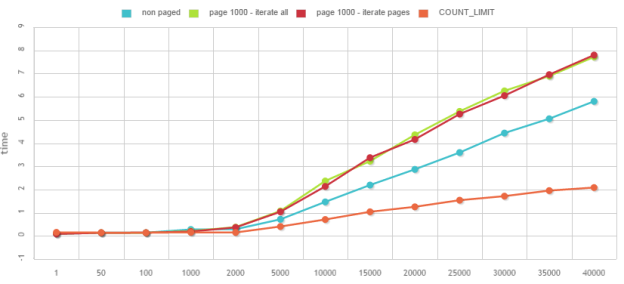I’ve been focusing a lot lately on how to install P8 with CPIT. Mostly because this is easier, faster, and usually more convenient, but it has inconveniences as well. Installing all components separatly has a few benefits and I thought it was time to write how to do that:
- Install different versions of the components
- Install Fix Packs during install
- Use different technologies
- Split components on different servers
- Use pre-installed components (LDAP, DB, …)
- Optimize install size by deleting binaries after each install
- And for curious people, understand better what’s going on 🙂
This will be a long post, but I’ll try to split this step by step and explain precisely what is going on. At the end of this post, I will give the full script you can run to install a full platform. Unlike the CPIT installer, I’ve tried to keep everything in one script to ease distribution, installation and customization. That’s why you will see a lot of HERE-doc commands to create files on-the-go. At this moment I’m using only one dependency, which is a file from the CPIT installer: cpt-actions.jar. This is the java tool allowing us to create the default domain and object store. This is quite basic to implement using the Java API so I hope to write soon how to rewrite this tool so we can get rid of all dependency on CPIT.

